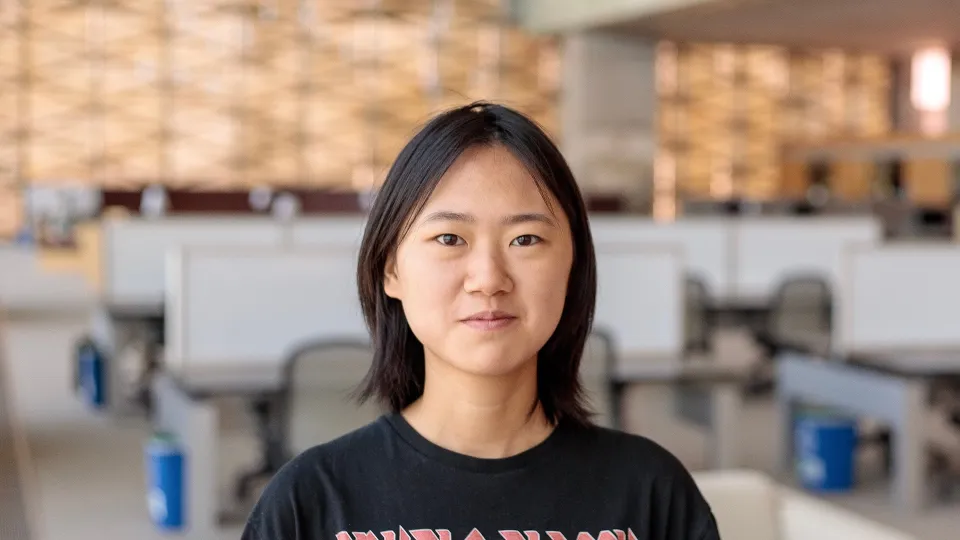
Reconfigurable Intelligent Surface for Next-Generation Networks
Reconfigurable intelligent surfaces (RISs) are now considered among the key enabling technologies for 6G systems. Empowered by the recent advances in meta-material, RISs are equipped with a large number of low-cost passive elements that allow for the modification of the radio waves in that they reflect, refract, and scatter radio signals in a controllable fashion to counteract the destructive effect of multipath fading. These features can be leveraged to transform the propagation environment into a smart space that can be programmable for the benefit of the communication application. Throughout this proposal, we study RIS-assisted systems from different perspectives, including performance analysis, system optimization, and channel estimation, to analyze and enhance the operation of such systems in different setups. Some possible future research directions to be considered are also highlighted.
Overview
Abstract
As the 5G standard is starting its implementation phase, it is critical to look for new communication technologies catering to the ever-increasing demand for traffic rate in the future 5G beyond or even 6G generation. Reconfigurable intelligent surfaces (RISs) are now considered among the key enabling technologies for 6G systems. Empowered by the recent advances in meta-material, RISs are equipped with a large number of low-cost passive elements that allow for the modification of the radio waves in that they reflect, refract, and scatter radio signals in a controllable fashion to counteract the destructive effect of multipath fading. These features can be leveraged to transform the propagation environment into a smart space that can be programmable for the benefit of the communication application. Throughout this proposal, we study RIS-assisted systems from different perspectives to analyze and enhance the operation of such systems in different setups. In this context, we first analyze the performance of the RIS-assisted single-input single-output (SISO) system and make a fair comparison with the conventional relaying system. Then, we investigate the use of a RIS to aid point-to-point multi-data-stream multiple-input multiple-output (MIMO) wireless communications. With practical finite alphabet input, the reflecting elements at the RIS and the precoder at the transmitter are alternatively optimized to minimize the symbol error rate (MSER). Considering the same RIS-assisted MIMO system, We further explore the potential of RIS for acting as an active modulator and piggybacking its own information when helping the information transmission between the transmitter and the receiver at the same time. In this case, the achievable capacity is chosen as the optimization matrices, which is maximized by jointly designing the reflecting patterns, reflecting activation probability, and the transmit covariance matrix. Furthermore, considering a RIS-assisted SISO system over the millimeter wave (mmWave) channel characterized by sparse propagation paths, we propose an appropriate design of the phase shifts of each element at the RIS so as to maximize the received signal power transmitted from the base station (BS) at the desired user, while nulling the received interference signal power at the undesired user. However, most of the works investigated the use of continuous phase shift designs, which cannot be implemented in practice. It motivates us to investigate the control of the phase shifts under the assumption that they belong to a finite discrete set. As the above-mentioned performance analysis and optimization of RIS-assisted system require the channel state information, we thus address the channel estimation problem for a point-to-point SISO system and a point-to-point multiple-input single-output (MISO) system, respectively. Finally, we highlight some possible future research directions to be considered for the thesis.
Brief Biography
Jia Ye is a Ph.D. candidate in the Communication Theory Lab at King Abdullah University of Science and Technology (KAUST) under the supervision of Professor Mohamed-Slim Alouini. She received her BS degree in communication engineering from Southwest University, Chongqing, China, in 2018, and received her MS degree from King Abdullah University of Science and Technology (KAUST), Saudi Arabia, in 2020. Her main research interests include the performance analysis and modeling of wireless/wireless communication systems.
